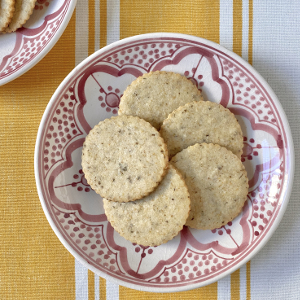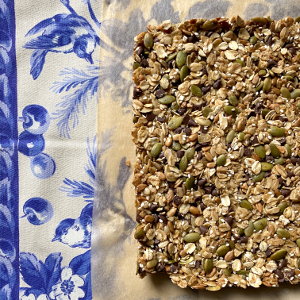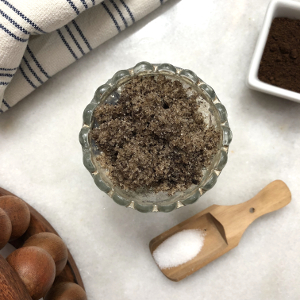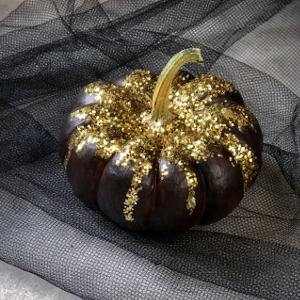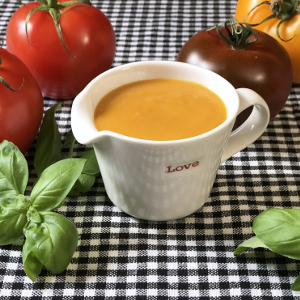
Cooking with Kids: A Holistic Approach to Learning
Our kitchens serve as the hub of daily life, the places where we gather and experiment, where we taste new dishes and share our stories. When you think of essential skills to teach children in the kitchen, the ability to read a recipe and execute it well may come to mind, but there are a wealth of opportunities to support growth as you cook together. Guide children toward healthy eating habits and away from self-criticism, bring vibrancy to science concepts, and certainly instill an appreciation of cooking with these tips.
Share Food Stories
There is a reason you are making a particular recipe with your child. Maybe you grew up frequenting local strawberry patches where you could pick your own, and now you always make strawberry jam in mid-June. Maybe you shared a particular dish with your partner the night you became engaged, and now here you are cooking it with your daughter. Sharing the stories behind the dishes you are preparing gives them deeper meaning and communicates the fundamental connections between nourishment and love.
Encourage Food Variety
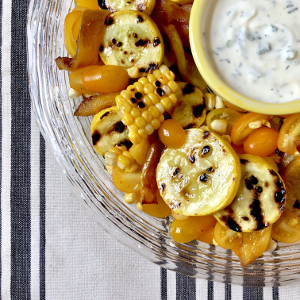
As a cooking instructor, I have the joy of joining families in the kitchen to prepare meals. Occasionally parents will ask me for tips on how to expand a child’s palate. Rest assured that time in the kitchen often provides a sense of control and a piqued curiosity that leads to food exploration. After helping to make a salad dressing, a child may want to taste her creation, making the vegetables you had intended to serve more appealing. Being an active participant in preparing meals helps to make the entire process from cooking to enjoying home-cooked dishes one that is positive and enjoyable, infused with more happiness than struggle.
Enhance Language Skills
Cooking ignites the senses and provides a wealth of opportunities to develop language skills. Before a young child chops a carrot, ask him to describe what the surface feels like. Move on to the color and other associations he may have with it to encourage creativity. Expand vocabulary by demonstrating the range of words that might replace “chop” – mince, dice, cube, julienne. Even an older child can experiment with language in the kitchen. Gently ask what it feels like to prepare a recipe that he once made with a grandparent or other loved one.
Anticipate Some Messiness
Think about what your counter looked like while you were getting ready for Thanksgiving or that time you made gnocchi from scratch. All of us experience a bit of messiness in the kitchen, and children are just beginning to learn, so the counter will be even messier at the end. Adopting a calm mindset will help you to relax and go with the flow as children learn new skills. For practicality, clean up between recipe steps to reduce clutter and keep surfaces clean, but do so without suggesting that the mess is a problem or detracting from the joy of the experience at hand. Instead, demonstrate how to slow down, enjoy the process, and not race from step to step.
Reinforce Math Skills and Science Concepts
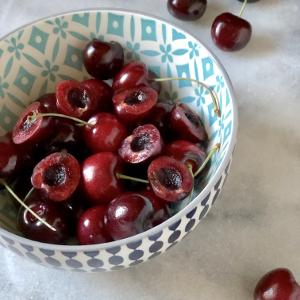
As they measure flour, quarter peppers, and scale recipes up or down, children learn practical math skills that reinforce concepts learned in school settings. Young ones can count the number of blueberries needed to fill a cup and compare that to the number of cherries in the same measurement. They can play with geometry by following the precise directions in a pastry recipe. If chocolate chip cookies are on the menu, watch the baking process for one batch through the oven door. First, they see the cookie dough spreads as the butter melts. Then they notice it lift due to water vapor in the dough and carbon dioxide formed by baking soda. Finally, they observe the Maillard reaction in process as the sugars and amino acids from protein in the dough react, and the browned cookies smell outrageously good. Point out that this is what gives the cookies a nutty, toasty quality.
Teach Kitchen Movements
In this article, I discuss how it feels more natural to make a recipe if we recall the movements involved in the process. This might involve remembering our own steps or recalling memories of watching others make a particular dish. Children can learn the movements required for recipes and the rhythm of the larger kitchen. Show them how to gather ingredients. Allow young ones to pour milk from a pitcher into a measuring cup. If there are steps they are unable to perform yet, make sure to demonstrate rather than handle them off to the side. By the time they are able to take over those steps, they will ease into them more naturally.
Celebrate the Cooking Process
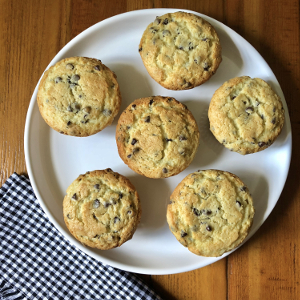
Winding up with a batch of perfectly topped olive oil muffins is certainly a culinary accomplishment for your child, but celebrating the process is even more important. Consider the self-criticism to which she might be prone if her second batch doesn’t come out quite as well. One of the most valuable kitchen lessons for cooks of all ages is to celebrate the creativity and intention with which a dish was created. Before you put the muffin tin in the oven or dress the salad, together take a step back to celebrate the joyful intention and effort behind it. Even if your child is disappointed with the resulting flavor, she can appreciate time well spent doing a loved activity and return to practice it again.
If you are interested in teaching your child to cook, consider exploring my family and children’s classes or explore a private cooking lesson or remote meal planning session for yourself.
